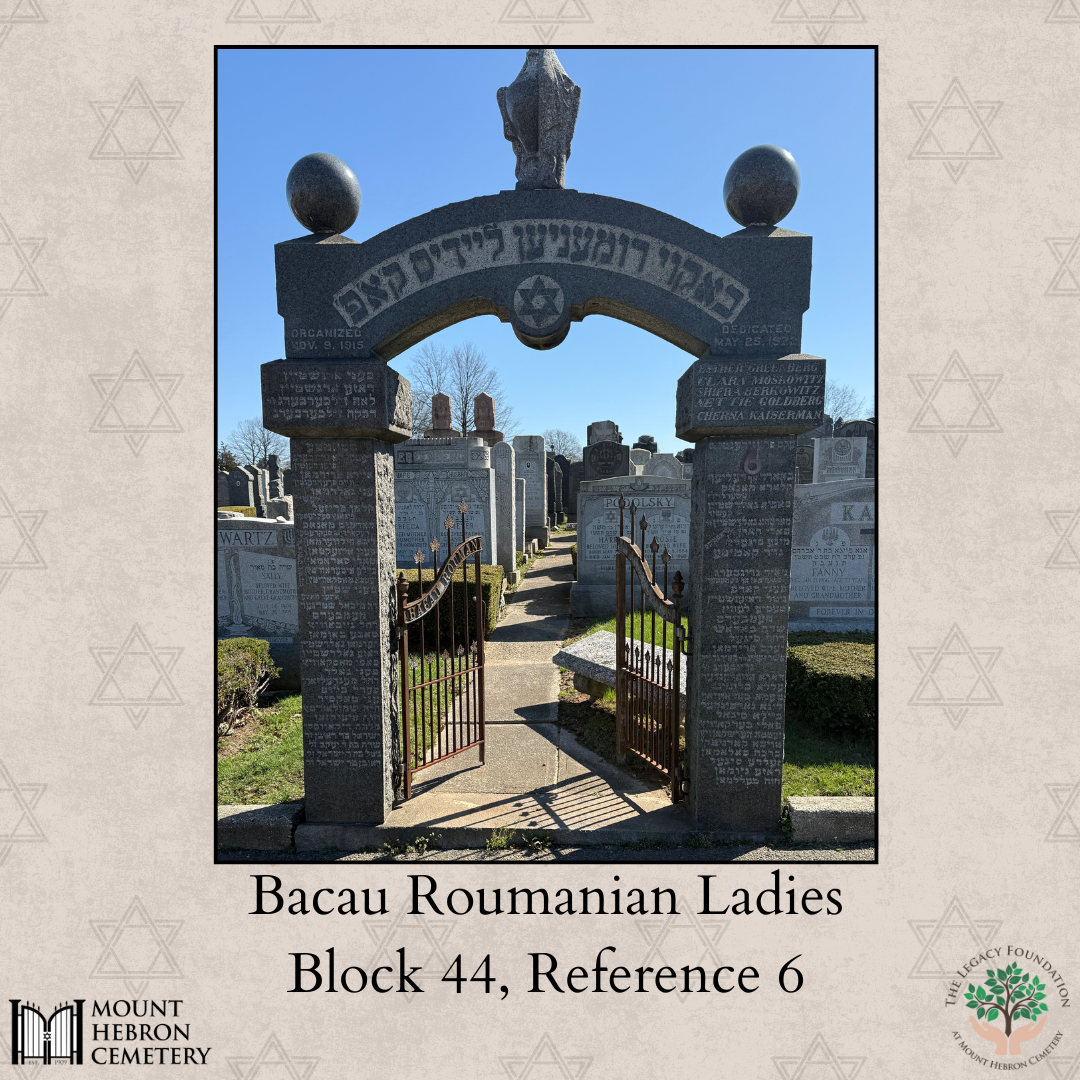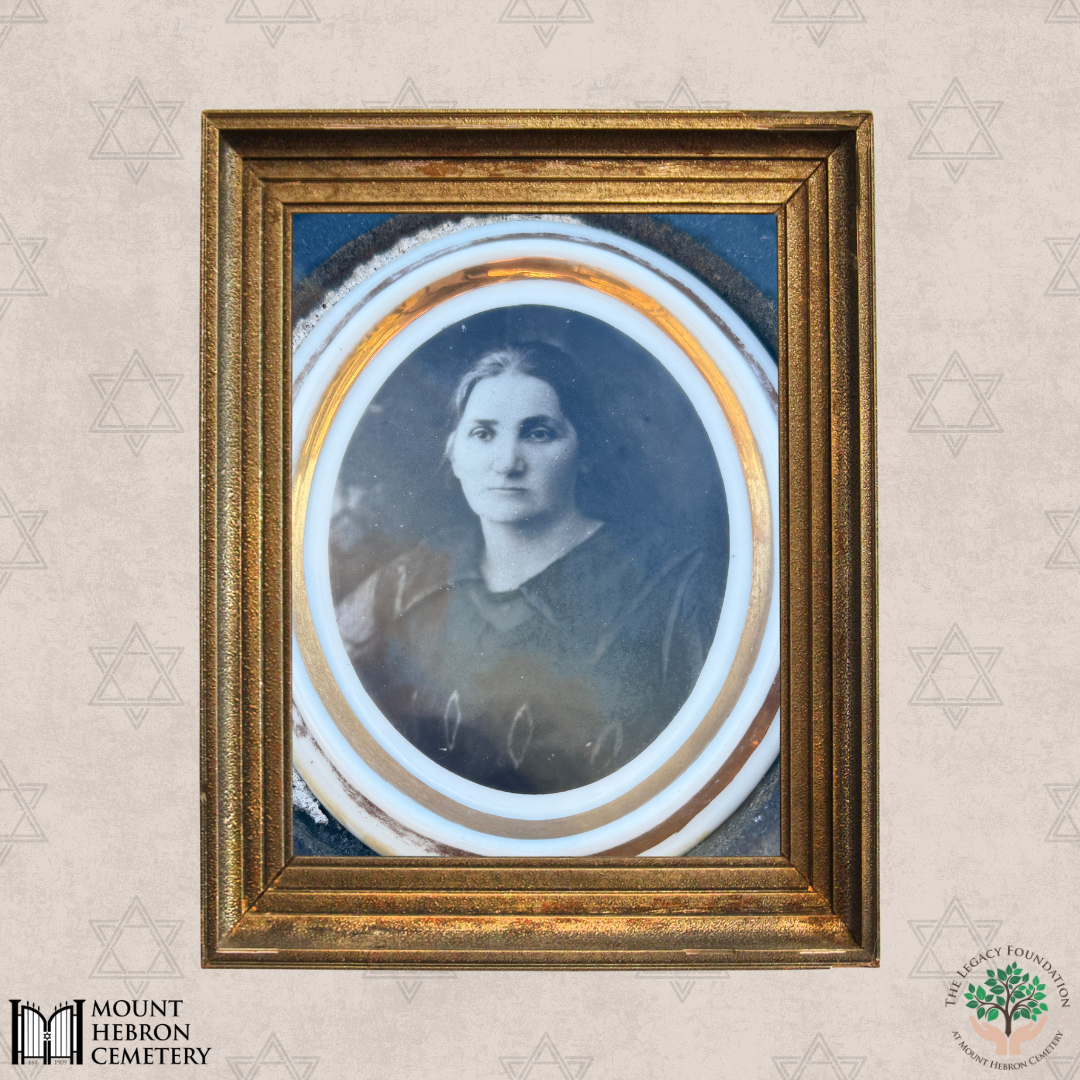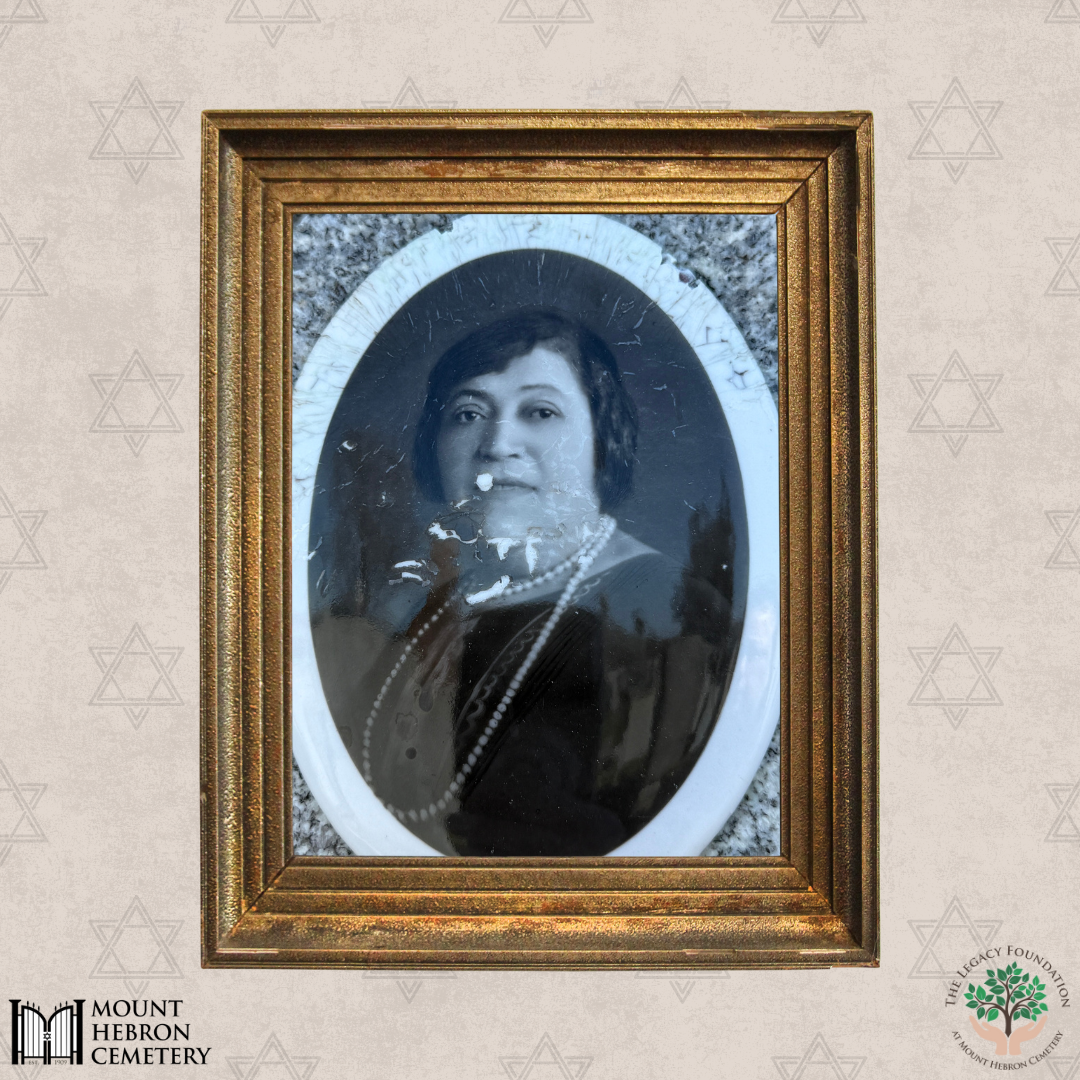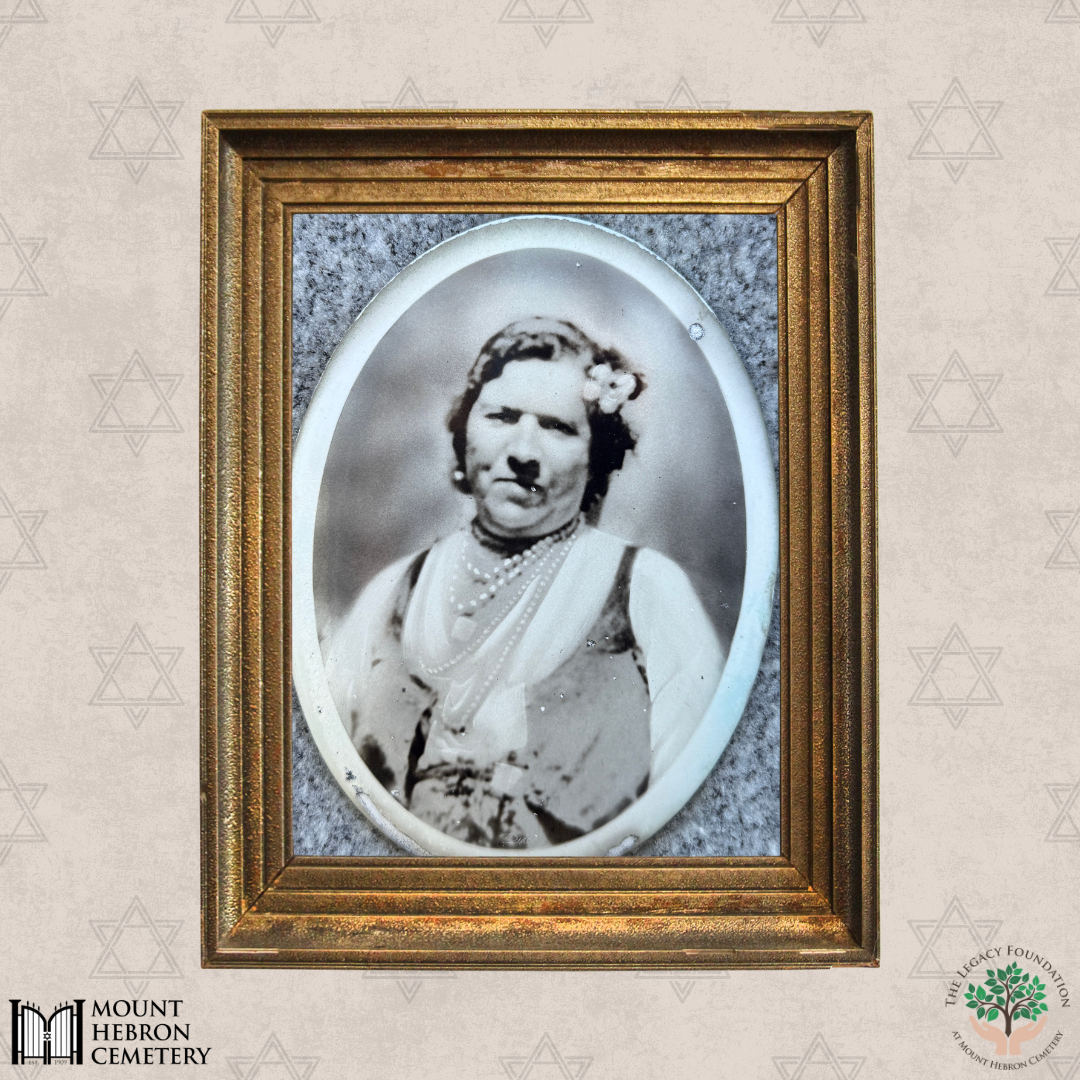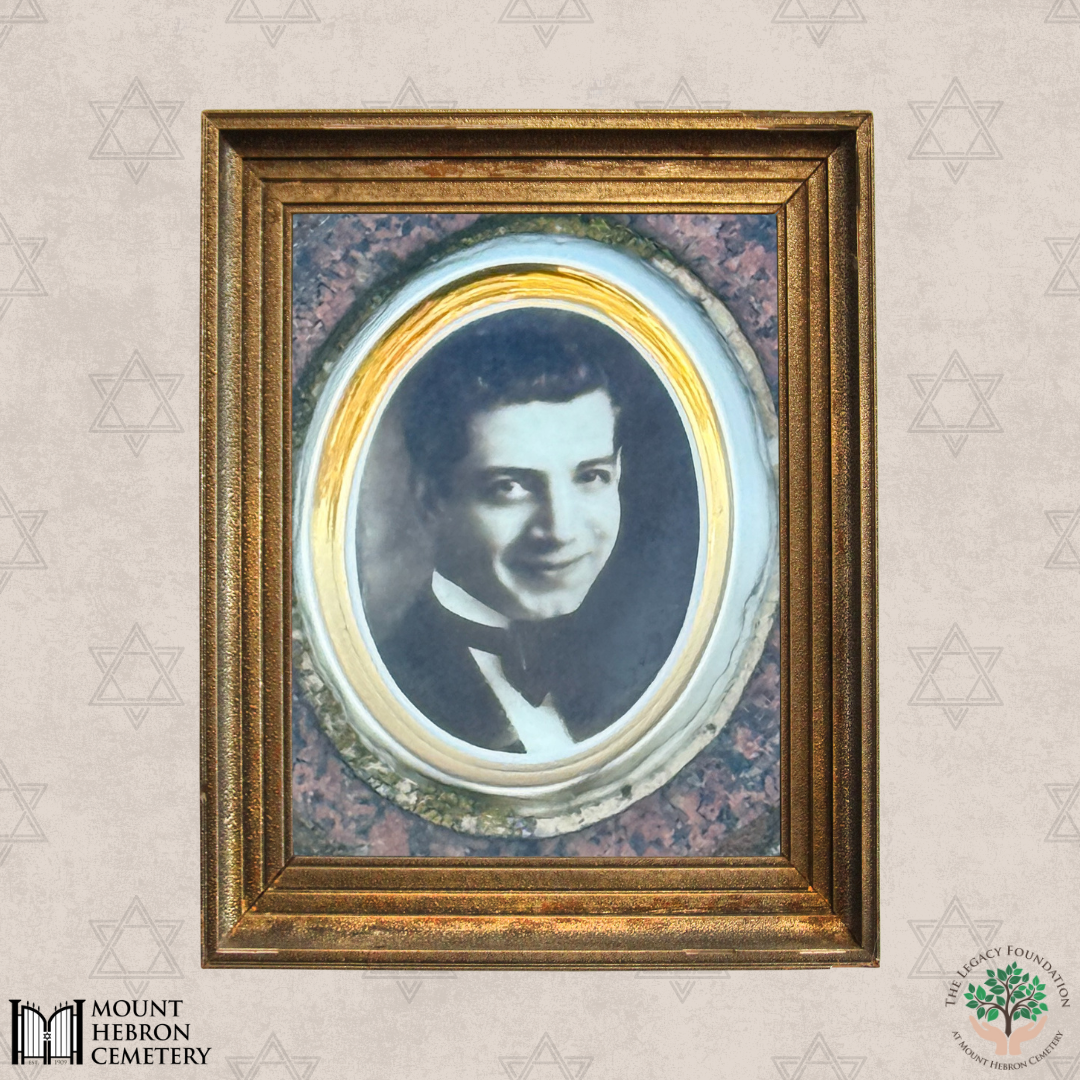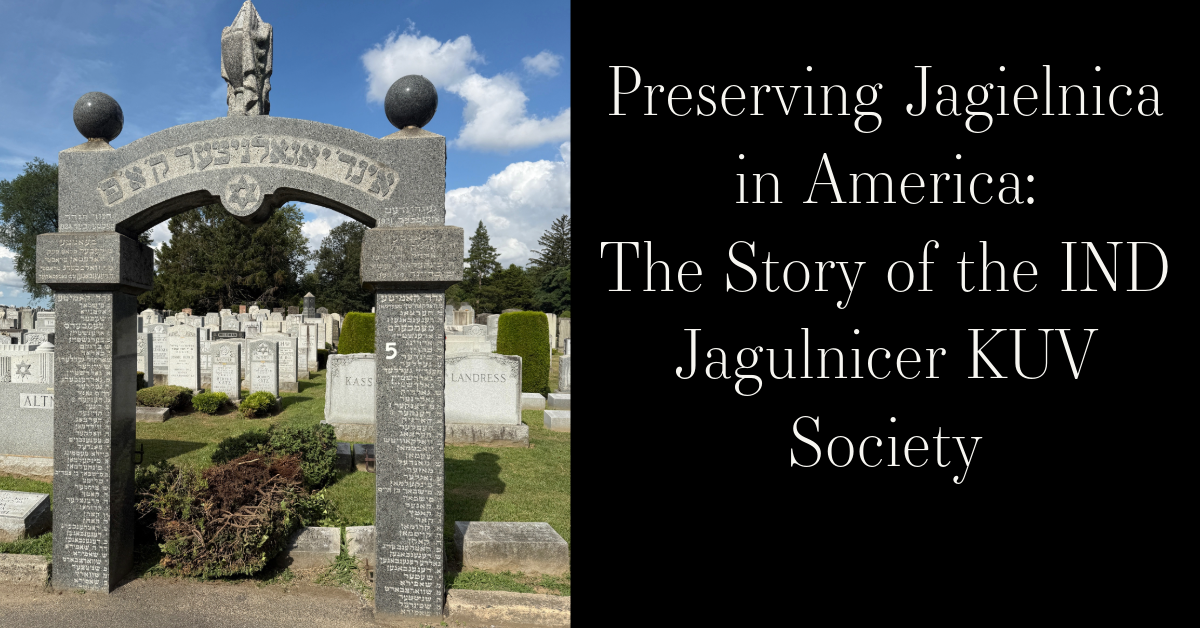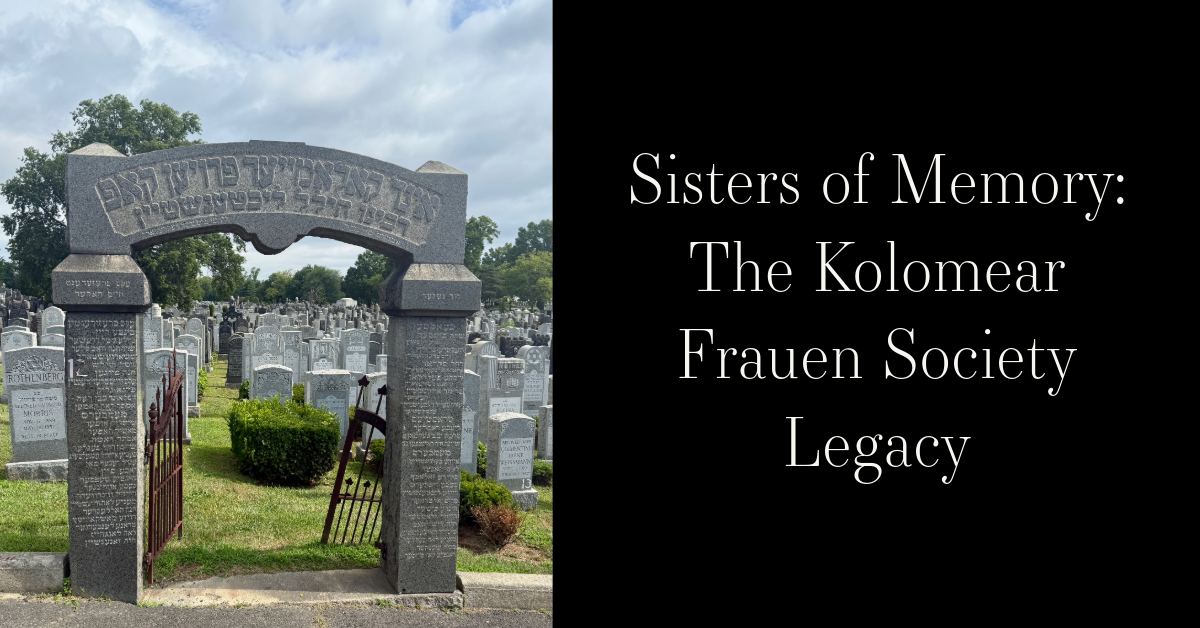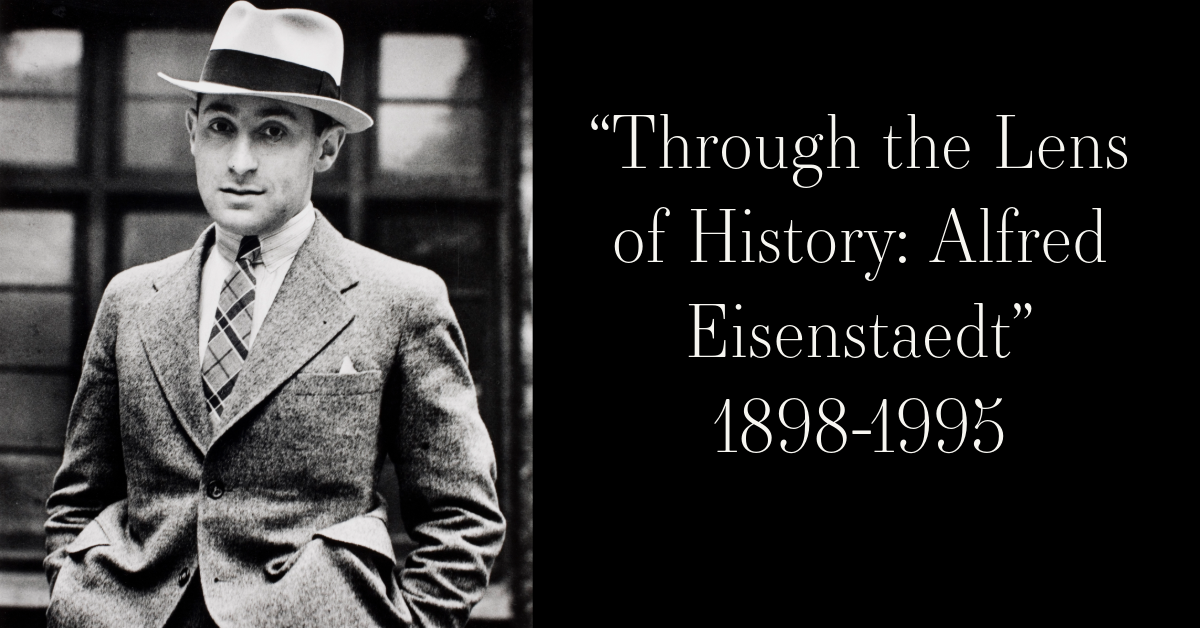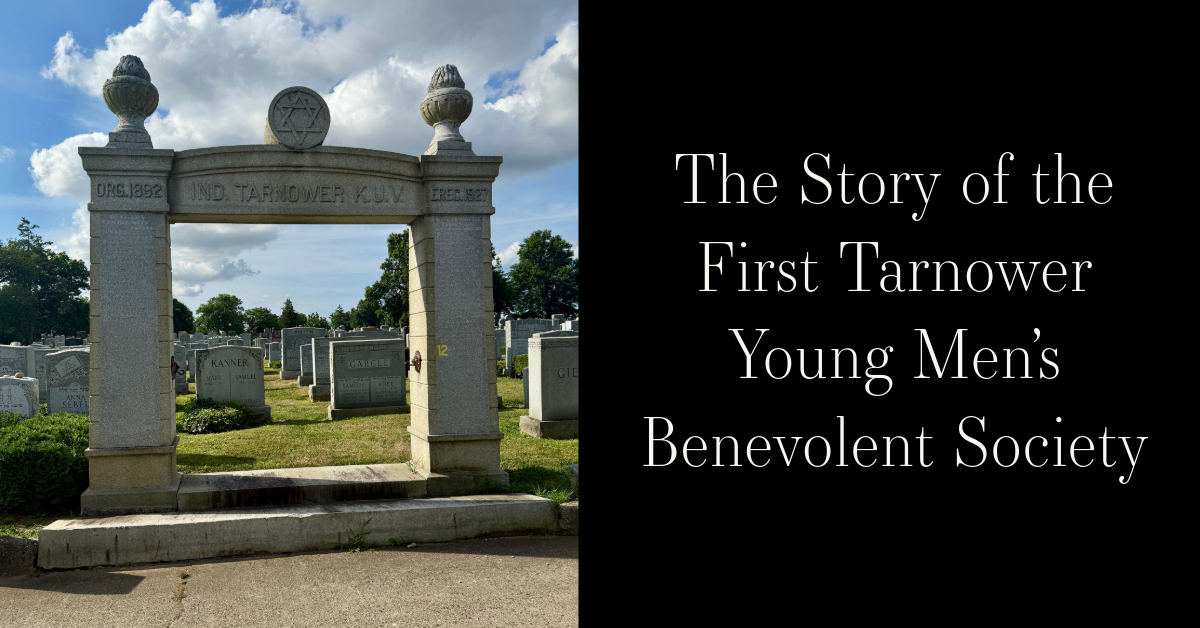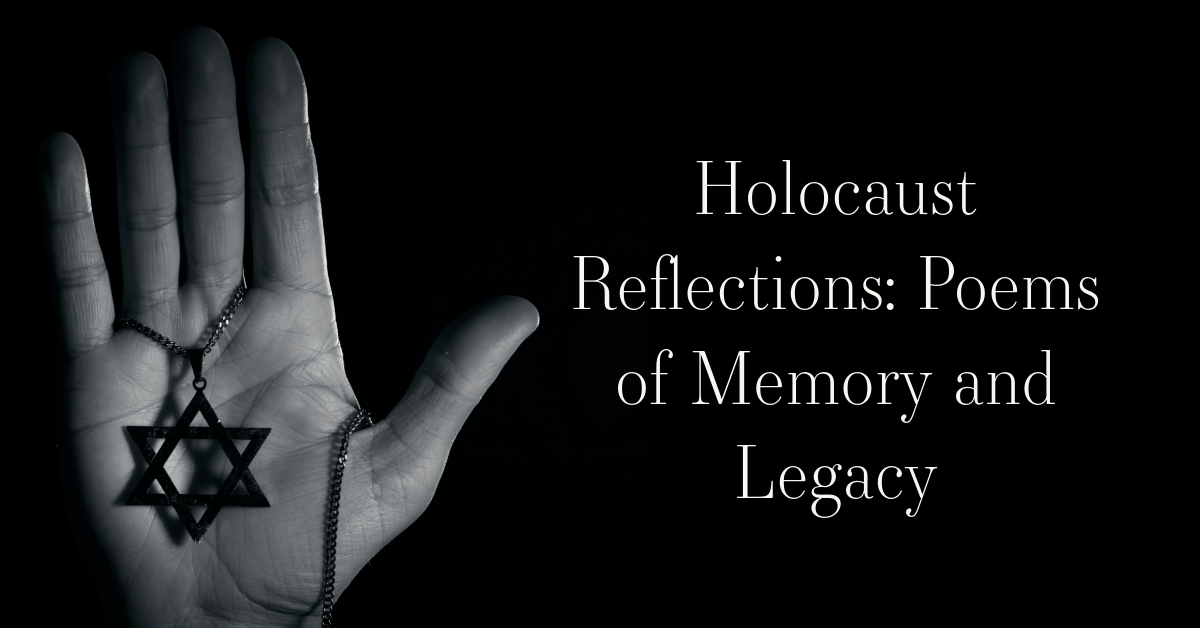Story Summary:
The Bacau Roumanian Ladies Society was established in New York by immigrants from Bacau, Romania. There exists evidence that a Jewish community was established by the 17th/18th century. The Jews of Bacău were heavily communally and politically involved, contributing greatly to the developments of the town. The 1940s brought severe hardships for the Jewish community of Bacau while under Ion Antonescus' rule. In 2004, there remained only over 300 Jews in Bacau. The lives and memories of the Jews of Bacau live on. ~Blog by Olivia Scanlon
Bacau Roumanian Ladies
The Bacau Roumanian Ladies Society was established in New York by immigrants from Bacău, Romania. According to A.D. Birnbergs’ monograph, there is evidence that an established Jewish community existed by the 17th/18th century. The community was already maintaining a synagogue and their own cemetery. The Jewish population of Bacău increased steadily throughout the years, with there being just over 200 people in 1820, over 500 by 1832, over 1700 by 1838, to almost 4000 by the 1850s. At the beginning of the 20th century, there were almost 8000 Jews in Bacău. The Jews of Bacău engaged mostly in the professions of trade and crafts (butchers, tailors, tavern keepers). The increased population serves as a sign towards Bacău’s development as a town.
In 1839, an elementary school opened. In 1836, a mutual aid society called “Gemilut Hesed” was established. By the 1860s, Bacău had gone through a series of developments, adding schools, a post office, a hospital, a library (founded by Herman Margulies), and a train station. Bacău saw its first factories during the 20th century. The Jews of Bacău played an increasingly significant role in the commercial flow of the town, working in the trades of iron, lumber, and leather. The textile industry also flourished. The oldest textile factory in Bacău is the Singher’s Thick Cloth Factory (1908). The 20th century also brought professions in finance and moneylending. In 1912, “The Credit Bank” was established.
Bacău was influenced by the Zionist movement of the late 19th/20th centuries, with its Jewish community establishing a Zionist library, holding conferences, and providing financial assistance to those in Eretz Israel. In 1912, Nahum Socolor founded an organized Zionist center. In 1924, a local section of the Cultural Association of the Jewish Women was also established. Branches of the Romanian Jews, the Jewish Party, and the B’nai B’rith were established as well.
The 1940s brought severe hardships for the Jewish community of Bacău as they were now under the fascist rule of Ion Antonescu. Their shops and property were seized, their positions in public administration were revoked, and access to education was terminated. Jewish men were sent to Bessarabia and Transylvania to provide forced labor. The town’s Jewish population had increased to about 12000 at this time, due to the wave of incomers who were fleeing from Antonescus’ policies. After the war, the total Jewish population of Bacău had increased to 18000 due to forced relocation. They eventually emigrated to Israel. In 2004, there remained only over 300 Jews in Bacău. The Grain Merchants Synagogue is the only synagogue that remains out of the twenty -two that existed prior to the war. It has recently been restored.
https://jewishgen.org/yizkor/Bacau/Bacau.html
https://encyclopedia.yivo.org/article/901
https://www.jewishvirtuallibrary.org/bacau
https://jewish-heritage-europe.eu/2024/08/08/romania-bacau/
~Blog by Olivia Scanlon


